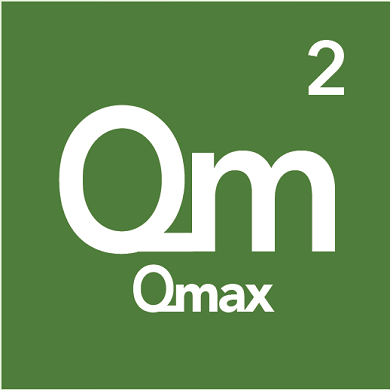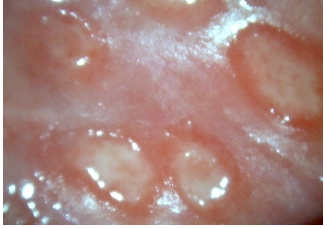Check out today’s Step 2 CK Qmax Question Challenge.
Know the answer? Post it in the comments below! Don’t forget to check back for an update with the correct answer and explanation (we’ll post it in the comments section below).
A 27-year-old G2P1 woman gives birth to a 2000-g (4.4-lb) boy by spontaneous vaginal delivery at 35 weeks’ gestation. There are no complications during pregnancy or delivery. Maternal serologic tests are negative. At 1 minute, the child is receiving blow-by oxygen and pulse is 87 beats per minute. There is some facial movement upon stimulation. Irregular and weak breathing is present. Acrocyanosis is also noted and the baby has weak flexion of the extremities. At 5 minutes the neonate is receiving bag-mask ventilation and pulse is 68 beats per minute. Breathing is still labored. He now appears to be somewhat “floppy” and doesn’t respond to a stimulus. His hands and feet still appear “bluish”.
What are the Apgar scores at 1 and 5 minutes?
A. 4 at 1 minute and 2 at 5 minutes
B. 4 at 1 minute and 3 at 5 minutes
C. 5 at 1 minute and 3 at 5 minutes
D. 6 at 1 minute and 4 at 5 minutes
E. 9 at 1 minute and 7 at 5 minutes
———————–
Want to know the ‘bottom line?’ Purchase a USMLE-Rx Subscription and get many more features, more questions, and passages from First Aid, including images, references, and other facts relevant to this question.
This practice question is an actual question from the USMLE-Rx Step 2 CK test bank. Get more Step 2 CK study help atUSMLE-Rx.com.





I would choose A. to score A——appearance P———pulse G——–Grimace R———Respiration
A
1min 5min
Activity 1 0
Pulse 1 1
Grimace 1 0
Appearance 1 1
Respiration 1 1
—– ——
APGAR 5 3
C)
C
The correct answer is C. Apgar scores are standard ways of summarizing an infant’s overall condition and predicting which infants will require resuscitation. Apgar scores of 8-10 indicate good cardiopulmonary adaptation; the infant might require gentle stimulation, but usually no other intervention is needed. Apgar scores of 4-7 indicate possible need for resuscitation; the infant usually requires blow-by oxygen at this time. Apgar scores of 0-3 indicate the need for immediate resuscitation including bag-mask ventilation or intubation. For this question in particular, the 1-minute score is calculated as such: Appearance (1), Pulse (1), Grimace (1), Activity (1), Respiration (1). The 5-minute score is calculated as such: Appearance (1), Pulse (1), Grimace (0), Activity (0), Respiration (1).
A is not correct. Apgar scores between 0-3 at 5 minutes are considered low and imply a need for resuscitative measures. They should not be considered predictive of mortality of neurologic outcome for individual infants. Scores less than 7 at 5 minutes should be rechecked every 5 minutes for up to 20 minutes.
B is not correct. Apgar scores between 0-3 at 5 minutes are considered low and imply a need for resuscitative measures. They should not be considered predictive of mortality of neurologic outcome for individual infants. Scores less than 7 at 5 minutes should be rechecked every 5 minutes for up to 20 minutes.
D is not correct. Apgar scores between 4-6 are considered moderately abnormal and imply a need for resuscitative measures. Apgar scores should not be used to predict neurologic outcomes. For scores less than 7 at 5 minutes, it is recommended that the scores are re-checked every 5 minutes for up to 20 minutes.
E is not correct. Apgar scores between 7-10 at 5 minutes are considered reassuring, and hence indicate a reduced need for resuscitation; it is not indicative of neurologic outcomes. This infant does not have an Apgar of 7 at 5 minutes.
Thank you
The review is important, thanks for this.